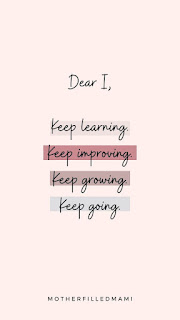Between the Checklist and the Blank Page

There are days when my work feels like walking a tightrope. One moment, I’m expected to follow processes exactly as they are — templates, standards, formats, quality checks. Don’t miss a step. Don’t improvise. Consistency matters. And I completely agree. In many situations, standardisation is what keeps work efficient, reliable, and safe. But a few hours later, I’m asked a very different question: “Can you think differently?” “Can you make this more innovative?” “Can you bring a fresh perspective?” And suddenly, the same system that demanded conformity now expects creativity. I’ve often found myself thinking — which version of me do you want today? This is the reality for many of us. The world asks for quality — which usually means standardisation — and at the same time asks for creativity and innovation, which often means breaking away from those very standards. Both are valuable. Both are necessary. But managing the shift between the two is not easy. As a leader, I’ve realised ...
























